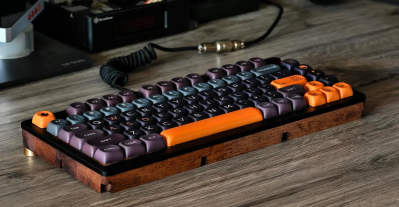Rev up your browsers, package managers, or whatever other tool you use to avail yourself of new software releases, because the KiCAD team have announced that barring any major bugs being found in the next few hours, tomorrow should see the release of version 9 of the open source EDA suite. Who knows, depending on where you are in the world that could have already happened when you read this.
Skimming through the long list of enhancements brought into this version there’s one thing that strikes us; how this is now a list of upgrades and tweaks to a stable piece of software rather than essential features bringing a rough and ready package towards usability. There was a time when using KiCAD was a frustrating experience of many quirks and interface annoyances, but successive versions have improved it beyond measure. We would pass comment that we wished all open source software was as polished, but the fact is that much of the commercial software in this arena is not as good as this.
So head on over and kick the tires on this new KiCAD release, assuming that it passes those final checks. We look forward to the community’s verdict on it.


















